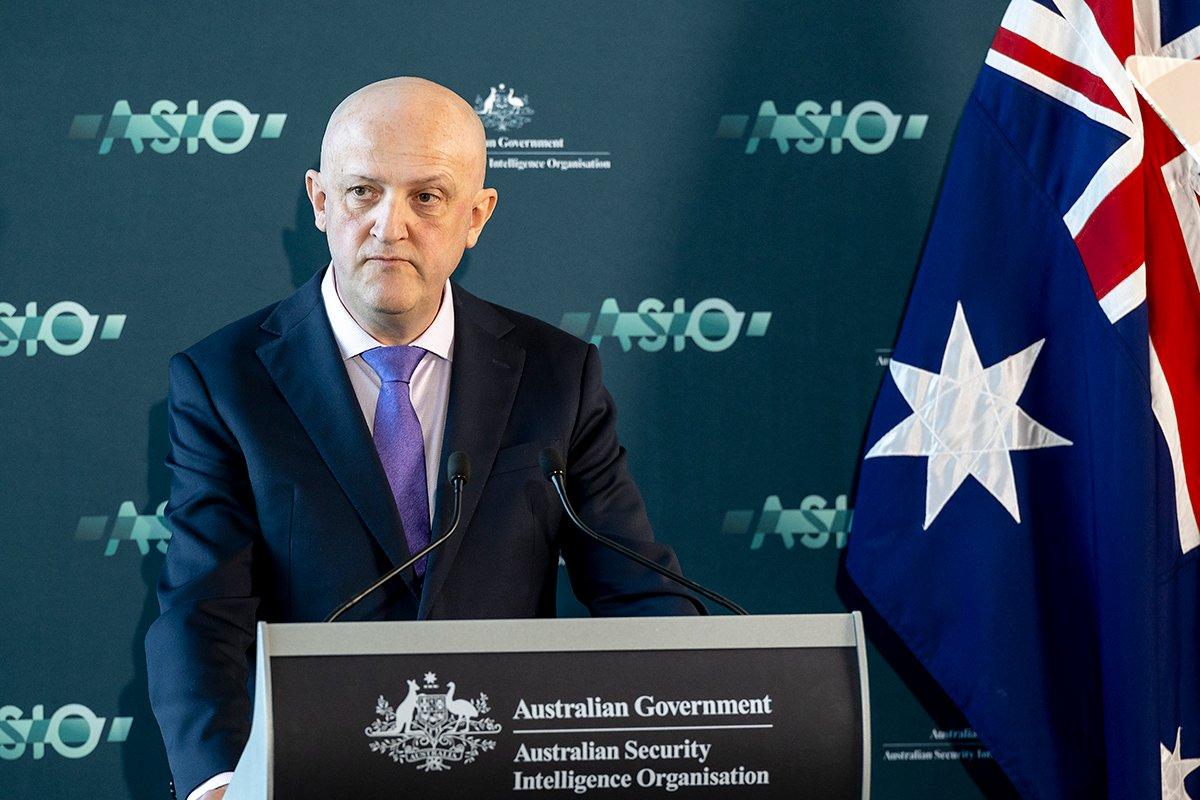
At 12.30 this afternoon, the head of the Australian Security Intelligence Organisation, Mike Burgess, lowered Australia’s terror threat level from ‘probable’ to ‘possible’. In doing so, he acknowledged that the terrorism threat in Australia is both enduring and evolving. This is a significant moment for Australia’s security as we have been living and working under the ‘probable’ threat level for more than eight years.
Despite the best efforts of our intelligence and law enforcement agencies, Australia has experienced 11 terrorist attacks on home soil. Lives have been lost and the lives of survivors have been irrevocably damaged. Over the past eight years, our intelligence and law enforcement agencies have achieved great counterterrorism successes: 21 significant plots were detected and disrupted. All the while, Australians did their bit by providing information when they could and getting on with living and working.
Since the government raised the threat level in 2014, I have argued that lowering it again would be no easy task. If you increase the threat level and nothing happens, you may not be damned; but if you drop the alert level and an attack occurs soon after, there will be no saving you. Australians and Australian governments have zero tolerance for law enforcement and intelligence agencies that fail to disrupt terrorist attacks. Today, Burgess demonstrated the kind of informed courage we should expect from our intelligence and law enforcement community.
Burgess isn’t saying that terrorism at home or abroad is unlikely. He’s saying that the work of his and other agencies has mitigated the capabilities of those that would do us harm. The conditions have changed; right now, those engaged with extremist ideologies are less intent on harming us. However, we should also be clear-eyed that a threat level of ‘possible’ still means there is a 50–50 chance an attack could occur. In many parts of our life, a 50–50 chance of safety is far from appealing.
While the national terrorism threat level has been lowered, it’s clear that extremism is alive and well in Australia. ASIO and organisations like the Australian Federal Police remain focused on terrorism and terrorism plots.
No specific laws prevent someone from having views that appear extreme to others. However, frustrated extremists do have the potential to move quickly to violence. Over the past two years, Covid-19 has fomented a range of extremists driven by conspiracy theories, anti-authority ideologies and right-wing extremism. There has also been a broad uptick in nationalist and racist extremism. Interestingly, while the number of reports on right-wing extremism provided to the AFP has increased dramatically, the majority of cases investigated or disrupted remain inspired by Islamic extremism.
It’s important to note that while it’s been eight years since a threat change occurred, ASIO has regularly reviewed and reassessed the threat level during that time and it will continue to do so. We as a nation should be happy with this change, but we must be mindful that it will continue to be regularly reviewed and may well change again. Indeed, Burgess said that he can ‘almost guarantee it will need to go up again at some point in the future’.
Some will say that as Australia faces a range of other, more pressing security threats, there is room to reallocate spending from counterterrorism to other priorities. Such an approach would be a mistake that could have tragic ramifications. Australia’s counterterrorism frameworks, laws and resourcing have been critical to the government’s ability to get to where we are today. These arrangements and investments will be vital in mitigating and disrupting emerging challenges. Lone actors, online radicalisation, post-prison-sentence management, returning foreign fighters and their dependants, and radicalised minors are at the top of this list.
What’s clear from today’s announcement is that we haven’t won the war against terrorism at home or abroad. We have had some great successes at home that are worthy of at least some celebration. Now is a time when the nature of our response will need to adapt. While our intelligence and law enforcement agencies continue to search for and disrupt terror plots, more will need to be done to address extremism and radicalisation more broadly. A focus on social cohesion and resilience will be critical.
Australia and Australians have shown remarkable strength over the past two decades, especially since the start of the Covid-19 pandemic. These efforts and the successes they have brought are the antithesis of the extremist ideologies that seek to divide Australia.